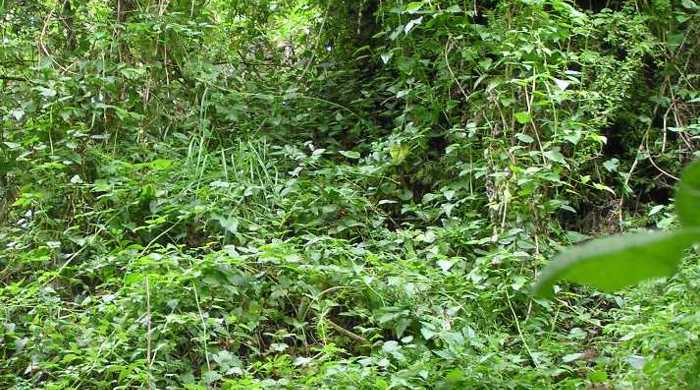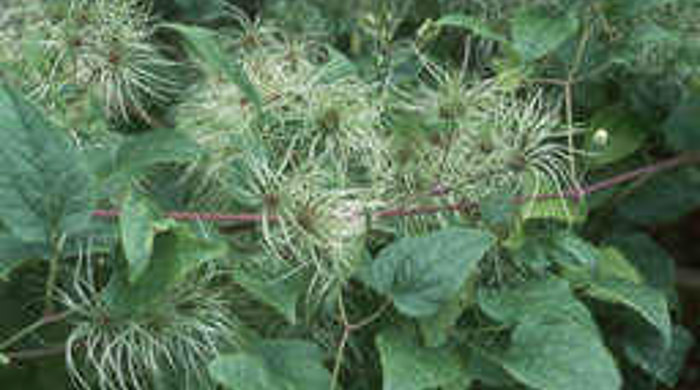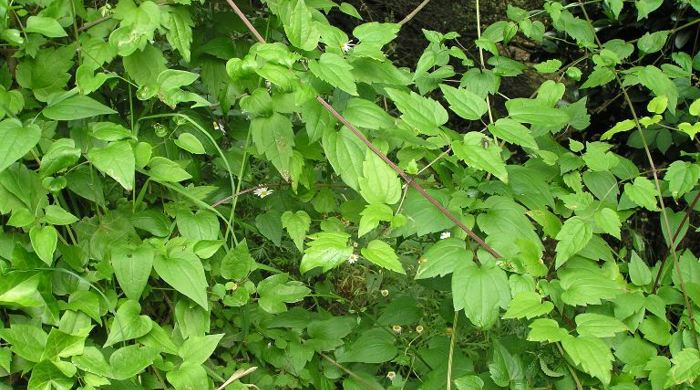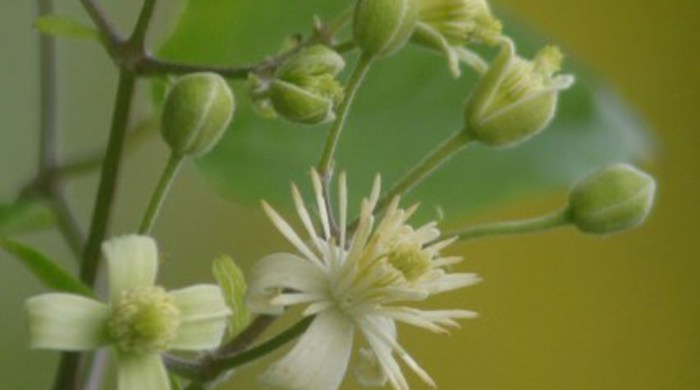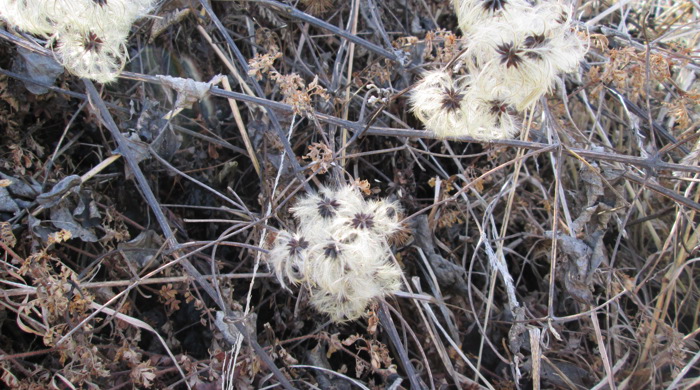Clematis vitalba
Old man's beard
Family: Ranunculaceae
Origin: Eurasia
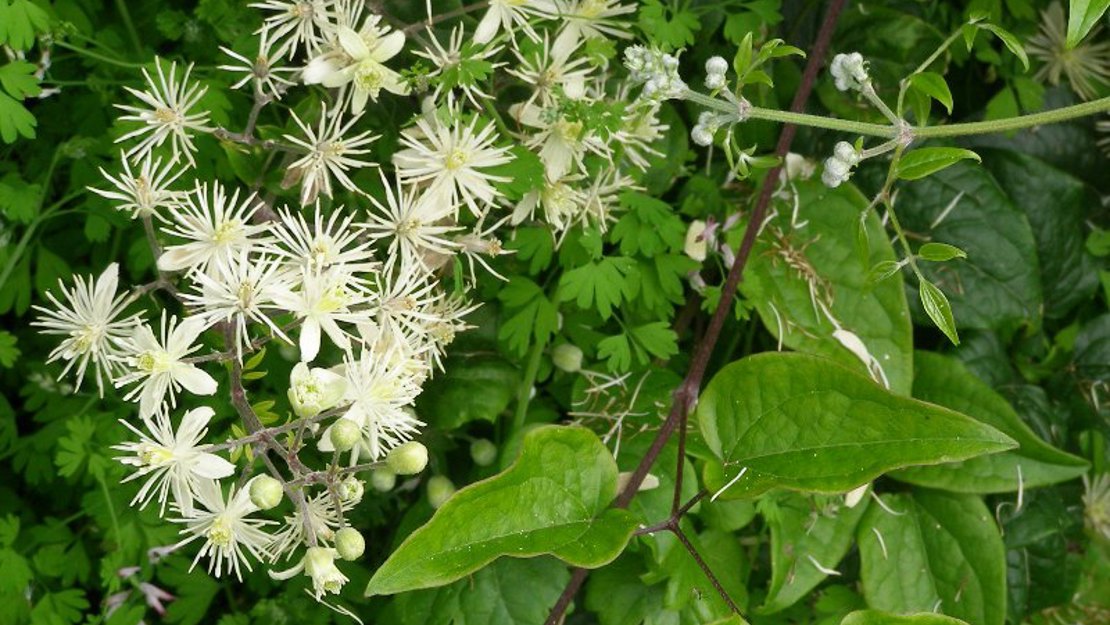
Regional Pest Management Plan (RPMP) status
- National Pest Plant Accord Species
- Whole region — Progressive containment, council delivered
General description
Deciduous climber. Stems are woody, < 20 m long, attached to host by leaf tendrils and hang like a curtain.
Leaves are pinnate and sparsely hairy. Flowers are creamy white, < 3 cm in diameter and borne in December – May. Seeds are < 3 mm long, bear distinctive white fluffy plumes and ripen in winter.
What you need to know
To help protect our environment:
- You must not breed, distribute, release or sell old man’s beard. As old man’s beard is a National Pest Plant Accord species, these restrictions apply within the Auckland region and across the whole of New Zealand.
- You must not plant old man’s beard within the Auckland region.
Auckland Council will manage old man's beard at all sites where it is known to occur.
If you see old man’s beard anywhere in the Auckland region, please report it to Auckland Council at pestfree@aucklandcouncil.govt.nz.
Habitats
Forests, forest and riparian margins, canopy gaps.
Dispersal
Seeds dispersed by wind, water and birds. Vegetative spread from stem fragments and layering. Human-mediated dispersal through dumping of garden waste.
Impact on environment
Smothers canopy, often resulting in canopy collapse.
Control
Recommended approaches
Do not attempt to undertake control of this species. Please report to Auckland Council.
Caution: When using any herbicide or pesticide please read the label thoroughly to ensure that all instructions and safety requirements are followed.
